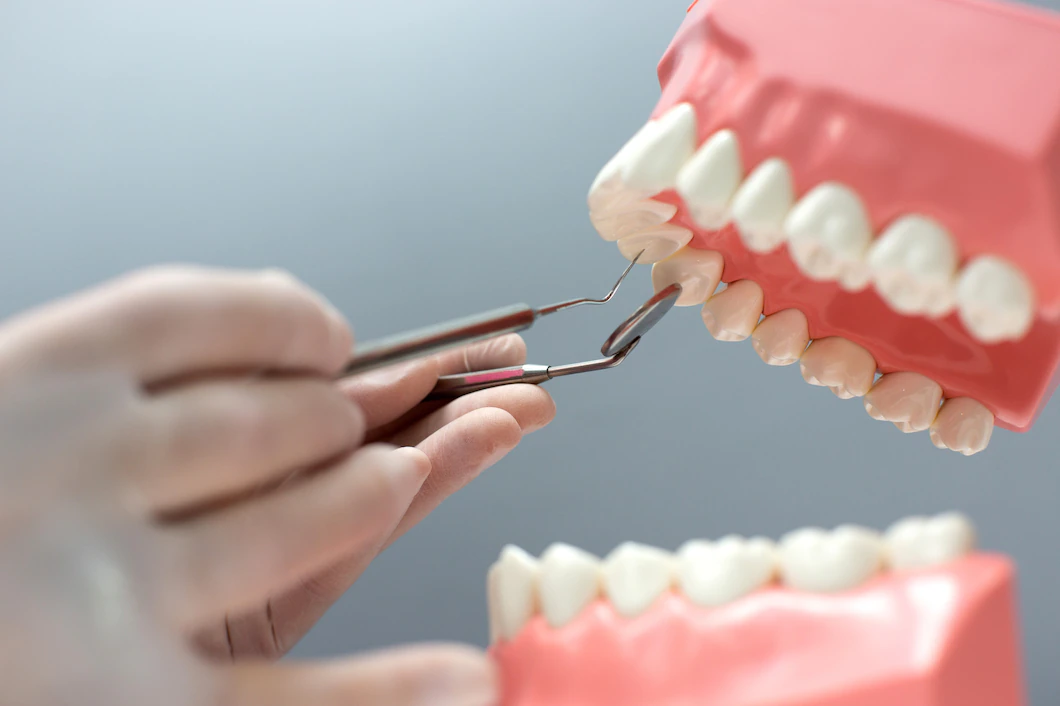Prosthetic Dentistry (Prosthesis Applications)
Prosthetic Dentistry (Prosthesis Applications)
Prosthesis means the artificial replacement of any deficiency of an organ or tissue that cannot fulfill its functions in the body. Artificial replacement missing or lost teeth can be done by fixed restorations, partial prostheses, or full prostheses, depending on the number and location of the missing teeth and the condition of the surrounding tissues. With the development of implantology, we can make prostheses by support from implants. The aim in all our restorations is to fulfill the function, phonation, and aesthetics that the patient lacks. Dental prostheses have two types as fixed prostheses and removable prostheses.
REMOVABLE PROSTHESES
We can think of this as an appliance that replaces missing teeth and can be inserted and removed by the patient. It can take some time to get used to a new removable prosthesis. It can also take some time for the mouth tissues, namely the cheeks, the lip, and the tongue muscles to adapt to the new prosthesis. During this process, it is necessary to take small bites from foods and to chew them on both sides. The prosthesis must be kept in the mouth at all times. They must be removed at night, cleaned, and wrapped in a wet paper towel or put in a filled container. So, the soft tissues in the mouth can rest and infections caused by fungi and bacteria can be prevented.
FIXED PROSTHESES
Fixed dentures are affixed on natural teeth, tooth roots, or dental implants by the physician and cannot be removed by the patient.
Click for detailed information about the treatment.

